5 Best-of-Breed HR Systems That Offer Third-Party Integration
Starting a business is similar to doing a jigsaw puzzle—you have to keep adding pieces that fit to see the bigger picture. And if it doesn’t fit, it can lead to some frustration (and hammering a table).

Don’t burden your employees with software issues
Your business’s in-house software ecosystem also needs to be built piece-by-piece. Unfortunately, it’s rare to stick with one vendor for all your software needs because other software may be a better fit for your organization, or more affordable.
On the other hand, having numerous systems that don’t share data with one another can overcomplicate tasks and increase the risk of user error.
This can be particularly challenging when choosing a primary vendor for HR software, or when you’re looking to expand your capabilities. Since HR staff have to manage so many aspects of a business—including payroll, training new hires and supporting existing staff—all their needs may not be met by a single software platform.
In this article, we’ll look at the benefits and disadvantages of using an existing versus a new vendor to expand your HR software capabilities.
For first-time buyers, we’ll also look at some of the top-rated HR software solutions on Software Advice and what integrations they support.
Here’s what we’ll cover:
Pros and Cons of Using an Existing vs. a New Vendor
Best of Breed HR System #1: BambooHR
Best of Breed HR System #2: Namely
Best of Breed HR System #3: Dayforce HCM by Ceridian
Best of Breed HR System #4: Zenefits
Best of Breed HR System #5: PeopleHR
Pros and Cons of Using an Existing vs. a New Vendor
Before we get into integrations, let’s compare the pros and cons of a third-party solution versus sticking with your current vendor.
Both options have benefits—such as familiarity with your current/preferred vendor’s software and offerings. On the other hand, a new vendor you just checked out matches your exact needs and budget.
Which one should you go for? Let’s have a look:
Existing Vendor
Pros
User familiarity with the vendor’s software can reduce onboarding time
It may be easier to negotiate the price of additional support or services
A vendor already familiar with your needs may provide more opportunities for customization
Cons
Limited enhancements and offerings from a single vendor may restrict the growth of your business
Not all vendors offer open APIs or integrations with third-party solutions, which can limit your capabilities
Third-party Vendor
Pros
You can increase your capabilities without completely transitioning away from older systems
Enhancements from a new vendor can help solve IT-related problems with the current solution, without requiring additional IT support
Purchase of multiple add-on features could result in greater discounts for both new users and returning customers
Cons
Employees may have to use multiple applications for tasks if integration with your current applications doesn’t work. This can be tedious, increase workload and increase the risk of user error.
Integration costs may increase if the current vendor doesn’t offer an open API. In this scenario, ideally IT professionals from both vendors will work together on a solution, but small businesses may lack the leverage to request new integrations from larger vendors.
If your current vendor provides limited functionality and few integration options, your business’s growth could be at risk. To get greater clarity on whether an existing or third-party vendor is a better fit for you, you’ll want to ask all these questions:
Do they offer an open API or do they already provide integrations with third-party software vendors?
Will customizations and integrations cost me extra and if yes, how much?
Will the vendors develop these integrations or will it fall on my business? If you can’t afford an in-house IT staff, doing it yourself may be cost prohibitive and will require ongoing IT support, since you’ll be responsible for your custom integrations.
If you’re in the process of deciding on your first vendor, or looking at possible third-party providers, it’s important to consider best of breed solutions that provide a robust suite of features, as well as plenty of third-party integrations.
Here are five of the top rated and reviewed best of breed solutions featured in Software Advice’s “FrontRunners for HRIS Management.”
Best of Breed HR System #1: BambooHR
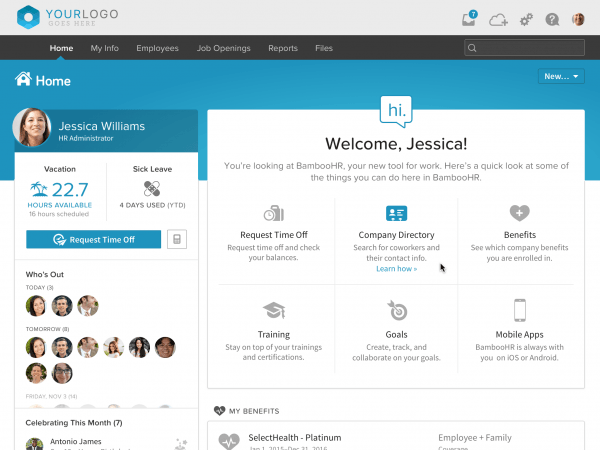
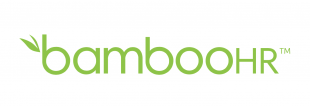
The home page in BambooHR
BambooHR is a popular HR solution that offers a host of features, including payroll, applicant tracking system (ATS), onboarding and performance review management. In addition to these, below are some of the many integrations it provides.
INTEGRATIONS OFFERED:
ATS: ApplicantPRO, Greenhouse, Jazz etc.
Benefits management: Maxwell Health, PlanSource and BeneTrac
Compensation management: Payscale
Learning management solution (LMS): Litmos
Payroll: TRAXPayroll
Performance review: GoalSpan, Performance Pro, Small Improvements etc.
Rewards and recognition: Bonusly
Time and attendance tracking: Boomr, Deputy, Ximble etc.
Best of Breed HR System #2: Namely
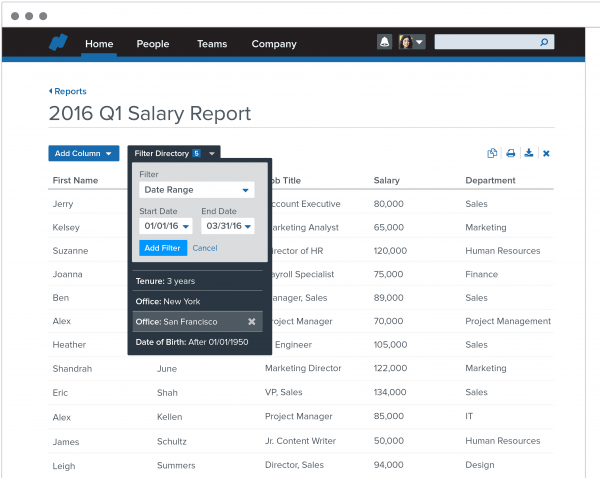

Namely‘s HR application provides customizable resume reports
Namely‘s differentiator is its open API, which allows users to integrate the solution with any system. The company works with its long list of partners to offer additional capabilities.
INTEGRATIONS OFFERED:
ATS: Greenhouse, JazzHR, The Applicant Manager etc.
Compensation management: CuroComp and SimplyMerit
LMS: Litmos, Lessonly, Travitor etc.
Payroll: BlueMarble, iiPay, Radius etc.
Rewards and recognition: Bonusly, YouEarnedIt, Wishlist Rewards etc.
Time and attendance tracking: Replicon, TSheets and Boomr
Best of Breed HR System #3: Dayforce HCM by Ceridian
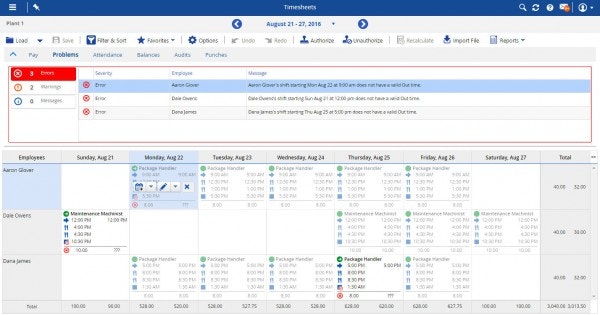
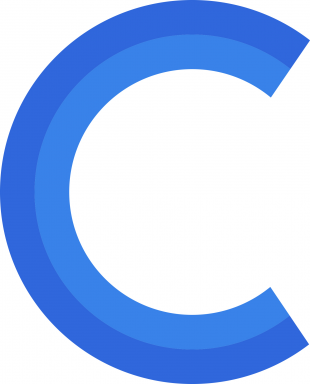
Timesheet management in Dayforce HCM
Dayforce HCM by Ceridian is also packed with all your essential HR features and is self-sufficient. Still, it has many integration partners to enhance its offerings, especially for international business.
INTEGRATIONS OFFERED:
Benefits management: HSA Bank, Payflex, WageWorks etc.
Compensation management: Xactly
Compliance management: Equifax Workforce Solutions and Tax Credit Co.
Expense management: DataBasics
LMS: Brainier and Cornerstone OnDemand
Onboarding: Docebo
Payroll: Comdata, DailyPay, NetSpend etc.
Time and attendance tracking: Presagia
Best of Breed HR System #4: Zenefits


The mobile interface of Zenefits
Zenefits is another popular, cloud-based HR solution that offers many integrations. It’s also got an interactive and fully loaded mobile interface that allows accessing the system from anywhere. The self-service portal allows users to customize and organize their HR workflows.
INTEGRATIONS OFFERED:
ATS: Greenhouse, JazzHR and Lever
Benefits management: Principal Financial Group, CoPilot and Guideline
Employee engagement: Bonusly, Blueboard, Officevibe etc.
Expense management: Expensify and Abacus
LMS: Lessonly
Payroll: Quickbooks and Xero
Performance management: Lattice, Zugata, Appraisd etc.
Productivity: G Suite, Salesforce, Slack, etc.
Best of Breed HR System #5: PeopleHR
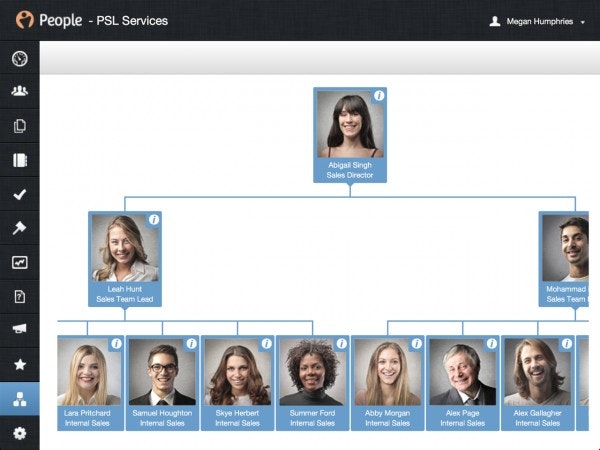

Define workflows in PeopleHR
PeopleHR is another popular software in the market that offers many multiple features. One of its more notable offerings is its unlimited document storage.
INTEGRATIONS OFFERED:
ATS: Greenhouse
Employee engagement: WeThrive
Payroll: Sage Payroll 50, Ceridian Payroll, Halogen etc.
Productivity: Zapier, G Suite and Calendars
Time and attendance tracking: WhenIWork, Idency and WeThrive
Where to go From Here
While these are some of the top HR solutions in the market, another option may be a better fit for your business. That’s why you need to explore the market and match the options with your employee needs. To do this, work with your HR team and decide the next steps. Here are some things to remember when you’re deciding what to do next:
Differentiate between essential and nice-to-have features: Each business has specific needs and doesn’t always require the full suite. “The Essential HR Features Your Small Business Needs” guides you through the selection process by showing which features can benefit you based on your business type.
Choose a primary solution that can support future integrations: After identifying your software requirements, chalk out your growth plan for the next couple of years. To help in this task, identify the HR features you’ll require as you grow.
Look at market trends: The HR software market is constantly evolving and you need to evolve with it. You can read about three of the most relevant trends that SMBs should adopt by 2020 in “3 HR Trends Small Businesses Need to Know About.”
Check your existing vendor’s offerings: It’s wise to check all offered features thoroughly before deciding on a vendor. That’s why we’ve created a handy checklist for you. Share this with vendors and ask them to note whether they offer a feature or integration.
Once you’ve shortlisted a solution, the next step is finding out the total cost to your business using our pricing guide of core HR software. You can also call our HR advisers at (844) 675-2849 for a free consultation on any of the solutions, pricing and identifying your needs.